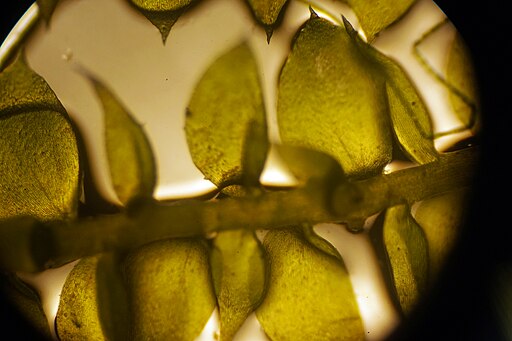Billions of years ago, it is believed that some event—whether it be a meteor crash-landing on planet Earth, or a lightning strike creating amino acids and proteins—sparked the origin of life. From there, single celled organisms, like bacteria, made their home on our planet; and eventually, unicellularity became multicellularity. The reason behind this phenomenon, though, is what continues to be unknown. What really is the point of the majority of organisms being compiled of millions of cells, and not just one?
Scientists at Lund University strive to answer this question. In order to do this, green algae from Swedish lakes were taken into their lab, as this specific botanic organism is extremely suitable for the goals of this experiment. For one, it is a eukaryote, which will allow researchers to gain insight on the evolution of all eukaryotes, in general. They are widely studied in the study of evolution because of their very apparent evolutionary process. There is a great amount of data to reveal that all eukaryotes have common ancestry, including the presence of double membranes, circular genomes, ribosomes, linear chromosomes, and more in all eukaryotic organisms.
Another reason as to why green algae is such an appropriate fit for an experiment exploring the evolutionary characteristics of unicellular and multicellular organisms is that it is sometimes unicellular, other times starts off this way but then becomes multicellular, and the remaining types are always multicellular. This makes green algae the perfect candidate for an experiment such as this. Data from the environments of all these different cellularly-dense types of algae was collected and compared to one another. While doing this, scientists looked out for the adaptations promoted by the environments the algae were in, what conditions exactly promoted unicellularity or multicellularity, and why the form of life it encouraged was beneficial to the organism.
Previously, it had been theorized by evolutionary biologists that multicellularity benefited organisms that utilized it, but the Lund University research team was shocked at the results they found from analyzing the environmental data of the algae: there were no benefits of living multicellularly for these organisms. A member of the study, Charlie Cornwallis, made the following comment on the experiment’s outcomes: “I was surprised that there were no benefits or costs to living in multicellular groups. The conditions that individual cells experience can be extremely different when swimming around on their own, to being stuck to other cells and having to coordinate activities. Imagine you were physically tied to your family members, I think it would have quite an effect on you.”
At the conclusion of the study, Charlie Cornwallis made one final statement: “The results of this study contribute to our understanding of how complex life on Earth has evolved….The next time you walk along the shores of a lake rich in nitrogen just imagine that this fosters the evolution of multicellular life.”
Green algae under a microscope.



Leave a Reply